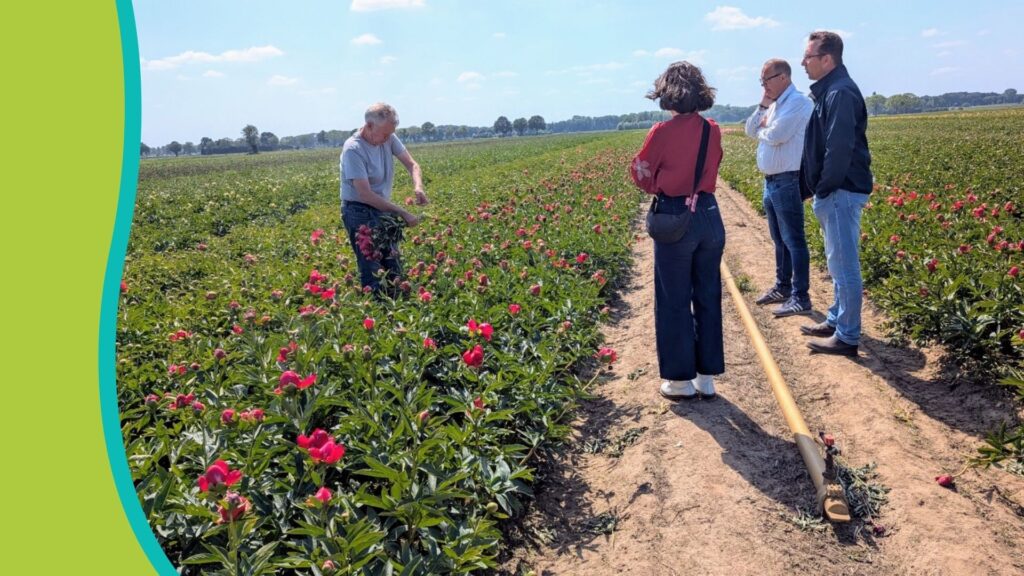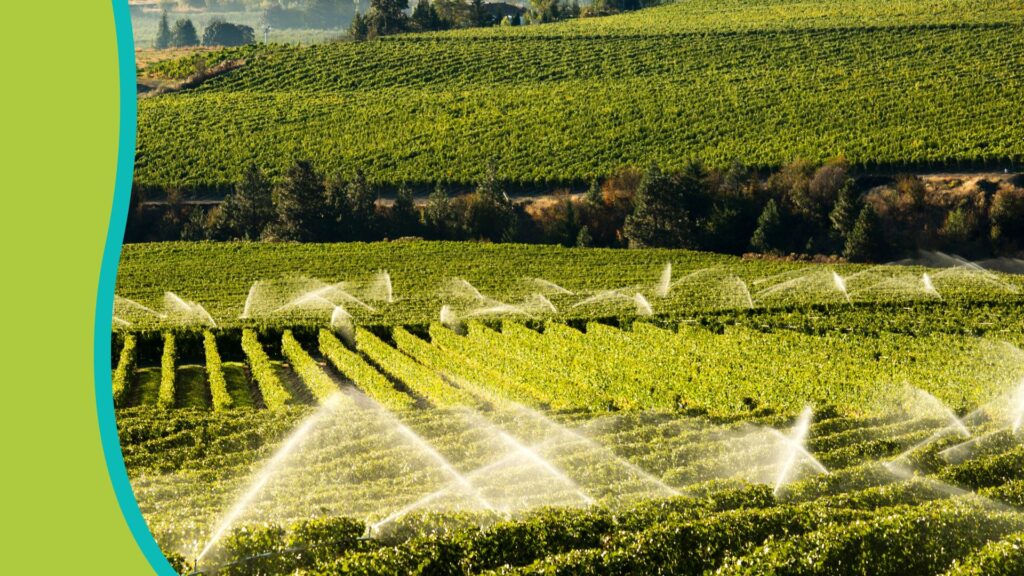Māris Narvils, Senior Horticulture Specialist and AdvisoryNetPEST partner at the Latvian Rural Advisory and Training Centre, offers his experience and observations on the role of pets in horticulture.
One of the sustainable farming methods is the inclusion of pets in certain farming systems, in this case horticulture, especially in orchards, but their use is also possible in other agricultural sectors. By targeting the habits of domestic animals and their need to feed, many functions and tasks that would have to be carried out in the field or orchard can be delegated to specific domestic animals.
Grazing hens in orchards
The simplest option is free-range grazing, which means that the chickens can move freely around the orchard. This is used where the fruit trees are mature, the trees are large enough and the birds cannot cause any damage to the understorey or the hollow area. Young fruit trees and berry plants need additional protection.
Chickens will do the following in an orchard:
- They get the succulent food they need – grass, from the owner’s point of view, does not need mowing.
- They disrupt the life cycle of many important fruit tree pests. In one day, a hen around a fruit tree can disrupt the life cycle of all the pests found there. At the same time, they provide more or less of the protein food they need.
- In a month, a hen can fertilise 4,6 m2, which is not a large area in itself, but it is a highly concentrated organic fertiliser.
- Promoting biodiversity. There is a lot of talk about this, but it is domestic animals that play a major role in promoting biodiversity. When organic fertiliser enters the environment (the orchard), many species that would not otherwise have the opportunity to be in the orchard are involved in its recycling.
- The need for plant protection products is significantly reduced.
- Hens will readily feed on many noxious weeds, not only those that germinate from seed, but also perennials such as dandelion or stinging nettles.
- Many weeds have medicinal properties, so hens can boost their immunity and health by consuming them.
- The quality of the fruit improves.
- It has been reported that, with a little taming, the hens can also successfully resist the much-feared Spanish naked mole-rat.
- The expert has also seen how the hens cope very well with mice in the garden.
- The hens also provide valuable food, such as eggs and meat.
These are the main functions, but not all. If different livestock species are used interchangeably, the effect will be even stronger.
In the experience of growers, chickens can reduce pest populations in a garden so significantly that even two seasons after grazing has stopped, there are hardly any pests in the garden.
Free grazing also has its disadvantages. We cannot say for sure how successfully a flock of hens will have surveyed part of the orchard. Also, the hens can be threatened by birds of prey and small predators. In such cases, limited grazing using movable huts, with or without additional restricted areas, is useful. In the case of foxes and other predators, use prefabricated nets, with an electric shepherd along the bottom.
Grazing ducks in orchards
Ducks of different species and breeds can be used – Muscovy, Puddle and Indian Runner ducks, about which more should be said. These ducks have an almost upright body posture and are thus able to reach higher than other ducks for garden pests. Because of their athletic body they are able to move relatively quickly around the orchard. These are the ducks that have been developed to compete with the Spanish Bare Snail. It is important that ducklings encounter these snails early enough in the spring when they are emerging from hibernation, the young snails are still relatively small and easier to eat. It is foolhardy to release young ducklings into a garden that is already practically full of adult snails. Because of their thick mucus, ducklings can choke and die. These ducks are so active that a flock of 3-5 ducks will clear a 600 m2 garden of slugs in a season. It should be added that they will not eat other snails. The formation of mobile flocks is at an early stage, but it is expected that they can really flourish, as the number of people who actually suffer from attacks by naked snails is high. Other measures to control slugs should not be forgotten, especially if your garden is infested with slugs, but also neighbouring areas. These ducks were previously made famous by a video from South Africa, where a flock of a thousand ducks was successfully used in the vineyards of an organic wine producer.
Ducks, unlike chickens, do not dig up the ground, so they will have virtually no effect on understorey pests, but any crops that are within less than a metre of the soil surface will be successfully cleared of pests. Berries, grapes, young tall shrubs fall into this category. Water tanks are necessary for the successful keeping of ducks, depending on the number of birds, and can range from very small water tanks to a large pond if the flock is large.
Grazing of other birds in orchards
The use of other bird species is also possible. Geese can also be used, but there another function is more important. Geese, being larger, can see further and are very good at spotting unwanted visitors. Guinea fowl, on the other hand, have very sharp eyesight, but they also have eyes in the sky, which means that they can spot birds of prey – hawks, eagles, crows and ravens – flying in the sky more quickly than other species of birds. The loud calls are a good distress signal for other bird species. This is especially important if birds are free-ranging in the garden, without fencing. Turkeys can also be grazed in the garden. In the case of free grazing, it is important that there are berry bushes or other shrubs nearby under which the poultry can hide in the event of a threat from birds of prey.
Use of poultry outside the orchard area
As far as the rest of the orchard is concerned, not all bird species will be suitable for this purpose. Certainly not geese and turkeys, but there can always be exceptions. It is also possible to train birds for certain skills. There is always the possibility of observing what birds are doing in a particular garden. It is high risk to let birds into the garden when the plants are germinating, as are all the greens, lettuces, so vegetables that may be attractive for bird food. Observation and experimentation can lead to different things. If birds are grazed on a bit of grass, the interest in green plants will diminish, but the interest in protein food – insects – will remain. To conclude on the strategy of using birds for plant protection on the farm, observation gives invaluable experience to interact with poultry and the environment. By taking care of the appropriate environment for wild birds, we can obtain a multifaceted impact on the population of harmful insects in the farm area. To be clear, however, this model can only be developed on farms that are small and compact, where the fields surround the farm, where there is a fragmented landscape with tree and shrub landscape elements, and where there are no large and open areas. On the other hand, if the farm is bordered by woodland or scrub, fencing is definitely a very necessary element, otherwise the impact of wild life on the poultry population can be very devastating. These can be foxes, martens, ferrets, and now also wolves or lynx. The presence of several good and well-trained dogs is therefore more than desirable. Remember that wild animals respect human scent, so spraying urine around the area is a good preventive measure.


